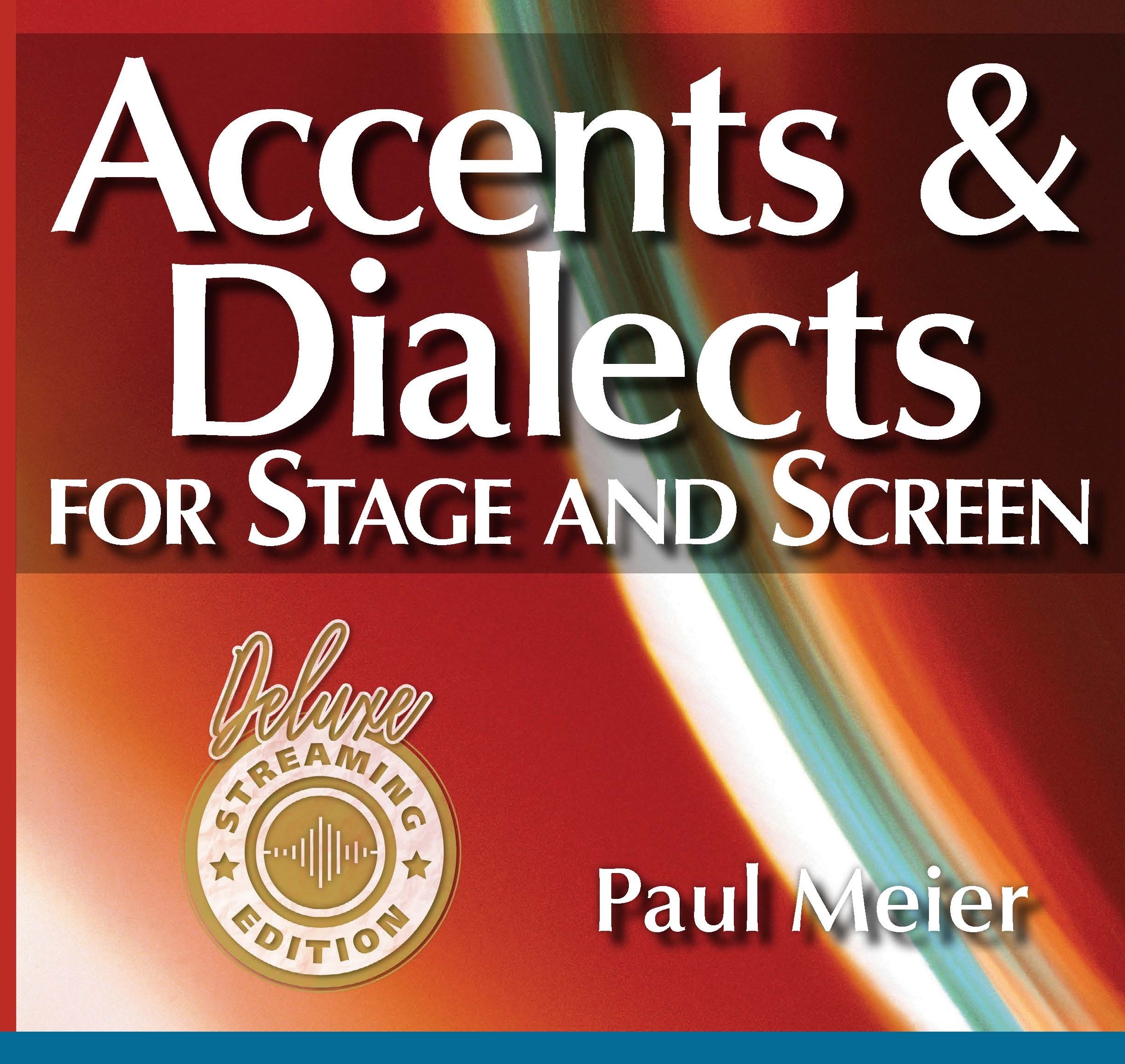Iran 15
Listen to Iran 15, a 47-year-old woman from Mashhad, Iran. Click or tap the triangle-shaped play button to hear the subject.
Both as a courtesy and to comply with copyright law, please remember to credit IDEA for direct or indirect use of samples. IDEA is a free resource; please consider supporting us.
BIOGRAPHICAL INFORMATION
AGE: 47
DATE OF BIRTH (DD/MM/YYYY): 12/12/1974
PLACE OF BIRTH: Mashhad, Iran
GENDER: female
ETHNICITY: Persian
OCCUPATION: actor and director
EDUCATION: BA in acting, MA in directing
AREAS OF RESIDENCE OUTSIDE REPRESENTATIVE REGION FOR LONGER THAN SIX MONTHS:
The subject was born in Mashhad, Iran, but moved to Tehran for university and lived there until relocating to Toronto, Canada, in 2015.
OTHER INFLUENCES ON SPEECH:
Having trained as an actor and continuing her acting career on stage, she is very conscious of articulation and intelligibility within a distinctly Farsi-accented English.
The text used in our recordings of scripted speech can be found by clicking here.
RECORDED BY: Phyllis Cohen
DATE OF RECORDING (DD/MM/YYYY): 04/03/2022
PHONETIC TRANSCRIPTION OF SCRIPTED SPEECH: N/A
TRANSCRIBED BY: N/A
DATE OF TRANSCRIPTION (DD/MM/YYYY): N/A
ORTHOGRAPHIC TRANSCRIPTION OF UNSCRIPTED SPEECH:
Yeah, I, uh, because my father was a, mm, producer in, em, radio and theatre and he was an actor, uh, before the revolution happened in Iran, 1979. And after the revolution, he couldn’t work anymore, uh, because of the political stuff. And, em, from that, they say they, they told me that I was on stage when I was two or three years old, but I can’t remember definitely. Yeah, and I was in a radio and to announce some, em, em, some title — I don’t know — when I was very, mm, young, I think four, five years. Definitely I couldn’t remember. And ah, yeah. [Subject laughs.]
And, and after that, I really like to go and study theatre and be in the art, but like most of the family in Iran, we have to be engineer, doctor, or lawyer. [Subject laughs.] These are very important job in Iran. But, em, I, mm, accepted to be an engineer, but, uh, I told my family that I, I hate that and I don’t have any talented to become engineer. “Please let me to go to university and study theatre.” And they let me, and I went and studied theatre. But, um, mm, from the, I think when I was in high school, the beginning of high school, yeah, it was my dream to be an actor.
[The subject speaks the following in Farsi]: سلام، من آیدا هستم. امروز هوا خیلی خوبه و دیگه کمکم بهار رو میشه حس کرد. مرسی [English translation: Hi, I am Aida. Today the weather is very good, and you can feel the spring slowly. Thank you.]TRANSCRIBED BY: Phyllis Cohen
DATE OF TRANSCRIPTION (DD/MM/YYYY): 18/03/2022
PHONETIC TRANSCRIPTION OF UNSCRIPTED SPEECH: N/A
TRANSCRIBED BY: N/A
DATE OF TRANSCRIPTION (DD/MM/YYYY): N/A
SCHOLARLY COMMENTARY:
Although this subject studied some English at high school and university, she had to study the language again when she moved to Canada at 41 years of age. Back vowels are often quite low, and there’s mostly gentle lip rounding, with the exception of the GOOSE [u] vowel sound. Typically [ð] and [θ] are realized as [d̪] and [t̪] (and frequently [t̪ʰ]), respectively. The voiced labial-velar approximant [w] is realized as [v] or [ʋ̝]. The GOAT diphthong and STRUT monophthong are realized as CLOTH [ɔ].
One of the most distinctive features of the Farsi-accented English, I find, is the slight pinning of the lip corners with some engagement of the buccinators on the PRICE diphthong, which starts low at the back of the mouth [ɑ͡ɪ̯]. The subject retains this feature, albeit lightly, e.g., “futile” and “price” in Comma and “… I really like (to go and study …)” in her extemporaneous speech.
Also typical of the Farsi speaker, she adds [ɛ] before words beginning with [s], in consonant clusters and to replace English schwa [ə]. Listen, for example, to “North Square” [nɔɹ̟sɛ skwɛɹ] or “gently stroking” [d͡ʒɛntɛ̽li ɛstrɔkɪ̃ŋ] in Comma, and to whenever she says “her” [hɛɾ]. She keeps the back of her tongue lower, avoiding the realization of the unvoiced English [h] as the voiced velar fricative [ɣ] that can be common in Farsi-accented English. Although she often manages the [ɹ] approximant, she frequently uses the tap/flap [ɾ] but will sometimes shift to an alveolar fricative, e.g., “cure” and “rare” in Comma. Like many EAL speakers, [ɪ] is realized as [i]. Finally, the subject keeps her syllables quite evenly distributed and will often stress the first syllable of words with three or more syllables.
COMMENTARY BY: Phyllis Cohen
DATE OF COMMENTARY (DD/MM/YYYY): 20/03/2022
The archive provides:
- Recordings of accent/dialect speakers from the region you select.
- Text of the speakers’ biographical details.
- Scholarly commentary and analysis in some cases.
- In most cases, an orthographic transcription of the speakers’ unscripted speech. In a small number of cases, you will also find a narrow phonetic transcription of the sample (see Phonetic Transcriptions for a complete list). The recordings average four minutes in length and feature both the reading of one of two standard passages, and some unscripted speech. The two passages are Comma Gets a Cure (currently our standard passage) and The Rainbow Passage (used in our earliest recordings).
For instructional materials or coaching in the accents and dialects represented here, please go to Other Dialect Services.
 IDEA: International Dialects of English Archive
IDEA: International Dialects of English Archive


